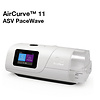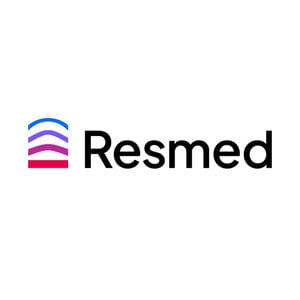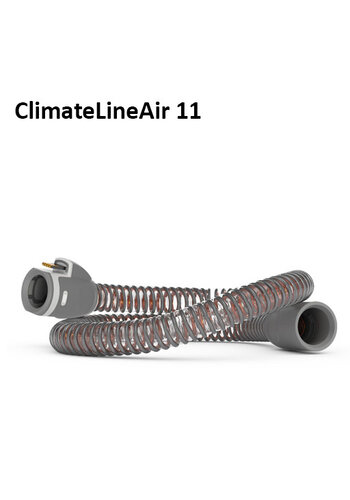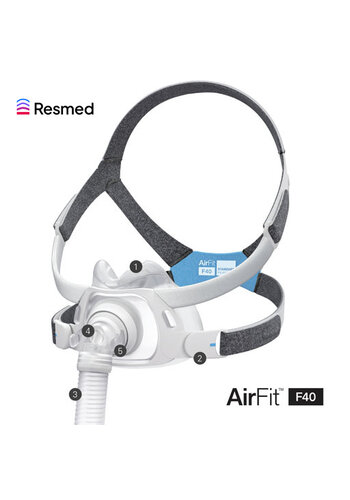What are the differences between Aircurve 11 ASV PaceWave and bi-level pressure devices?
Continuous positive airway pressure (CPAP) devices primarily treat Obstructive Sleep Apnea Syndrome (OSAS) by helping to keep the airway open during sleep with a steady, fixed flow of pressurized air.
Whereas dual-pressure devices deliver air at two different pressures: one for inhalation and one for exhalation.
AAV devices deliver air at varying pressures, but they can do more: they provide a backup respiratory rate, which helps maintain breathing during central apnea episodes. This backup respiratory rate is personalized based on continuous monitoring of the patient's breathing patterns.
What are the benefits of an Aircurve 11 ASV device?
If you have a more complex sleep-disordered breathing condition, you may need more than conventional CPAP machines can offer. In this case, your healthcare professional may decide that an ASV machine can provide the right treatment for you. Please note that this type of treatment should only be implemented under the supervision of a healthcare professional.
Is the treatment suitable for everyone?
AAV treatment is contraindicated for certain groups of people*, meaning it is not suitable for everyone – these contraindications are detailed in the user guide. If you are interested in starting or switching to AAV treatment, speak to your GP or healthcare provider first.















